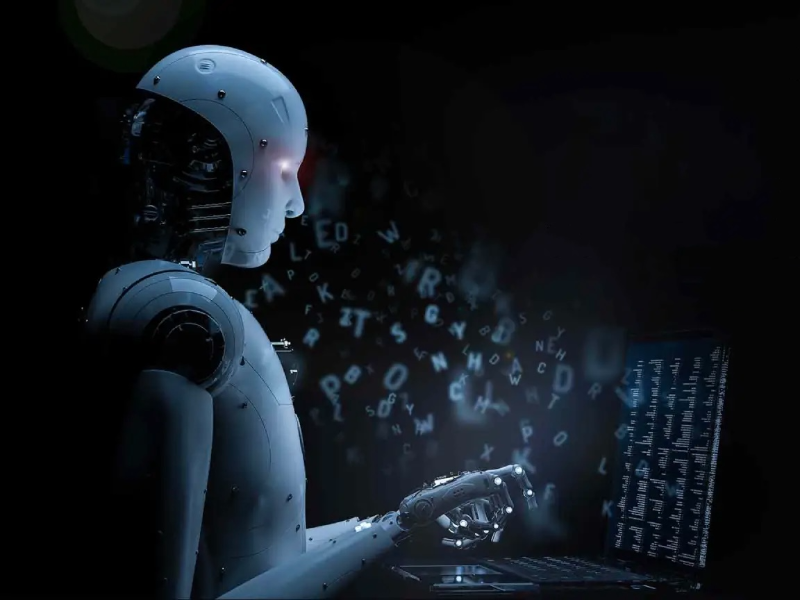- Speech recognition primarily relies on supervised learning techniques, where models are trained using labeled data to map acoustic signals to phonetic units and predict word sequences based on context.
- Unsupervised learning methods, such as data augmentation and adaptation, complement supervised techniques by enhancing data diversity, fine-tuning models to specific environments, and uncovering hidden patterns within speech signals and language.
- The combination of supervised and unsupervised learning enables speech recognition systems to achieve high accuracy and robustness, facilitating seamless interactions between humans and machines in various applications.
Speech recognition, the technology that allows computers to interpret and understand human speech, is a fascinating field that sits at the intersection of linguistics, signal processing, and machine learning. As users interact with virtual assistants, dictation software, and automated customer service systems, a common question arises: Is speech recognition a supervised or unsupervised learning process? Let’s explore this question to shed light on the underlying principles of speech recognition technology.
Supervised and unsupervised learning
Before delving into the specifics of speech recognition, it’s essential to understand the concepts of supervised and unsupervised learning.In supervised learning, a model is trained on labeled data, where each input is associated with a corresponding output or target. The model learns to map input features to the correct output based on the provided labels, allowing it to make predictions on unseen data.In unsupervised learning, the model is tasked with finding patterns and structure in unlabeled data without explicit guidance. The goal is to uncover hidden relationships or groupings within the data, such as clustering similar data points or dimensionality reduction.
Also read: OpenAI Is Now Capable of Voice and Image Recognition
The role of supervision in speech recognition
Speech recognition typically involves a combination of supervised and unsupervised learning techniques, with supervision playing a crucial role in the training process. Here’s how supervision is incorporated into different aspects of speech recognition.
Acoustic modeling
In the initial stages of speech recognition, acoustic models are trained using supervised learning techniques. These models analyse audio signals and map them to phonetic units, such as phonemes or words. Training data consists of audio recordings paired with their corresponding transcriptions, allowing the model to learn the acoustic properties of spoken language and how they relate to linguistic units.
Language modeling
Language modeling, which focuses on predicting the sequence of words in a given context, can utilise both supervised and unsupervised approaches. Supervised language models are trained on large corpora of text data with known word sequences, allowing them to learn the statistical properties of language and predict likely word sequences based on context. Unsupervised language models, such as those based on neural networks like Word2Vec or BERT, learn from unlabeled text data to capture semantic relationships and word embeddings.
Incorporating unsupervised techniques
While supervision is essential for training acoustic and language models in speech recognition, unsupervised techniques also play a role in certain aspects of the process.
Data augmentation
Unsupervised methods, such as data augmentation, can be used to increase the diversity of training data for acoustic models. Techniques like speed perturbation, adding background noise, or varying pitch and speed help the model generalise better to unseen variations in speech.
Adaptation and fine-tuning
After initial training, unsupervised adaptation techniques may be employed to fine-tune the speech recognition system to specific environments or speakers. This adaptation process allows the system to adjust its parameters based on incoming data without explicit supervision, improving performance in real-world scenarios.
Also read: How exactly does Siri, Apple’s voice assistant, work?
Speech recognition is primarily a supervised learning task, as it relies on labeled data to train acoustic and language models. However, unsupervised techniques also play a crucial role in augmenting data, adapting models, and uncovering hidden patterns within speech signals and language. By combining elements of both supervised and unsupervised learning, speech recognition systems can achieve high levels of accuracy and robustness, enabling seamless interactions between humans and machines in diverse contexts.

